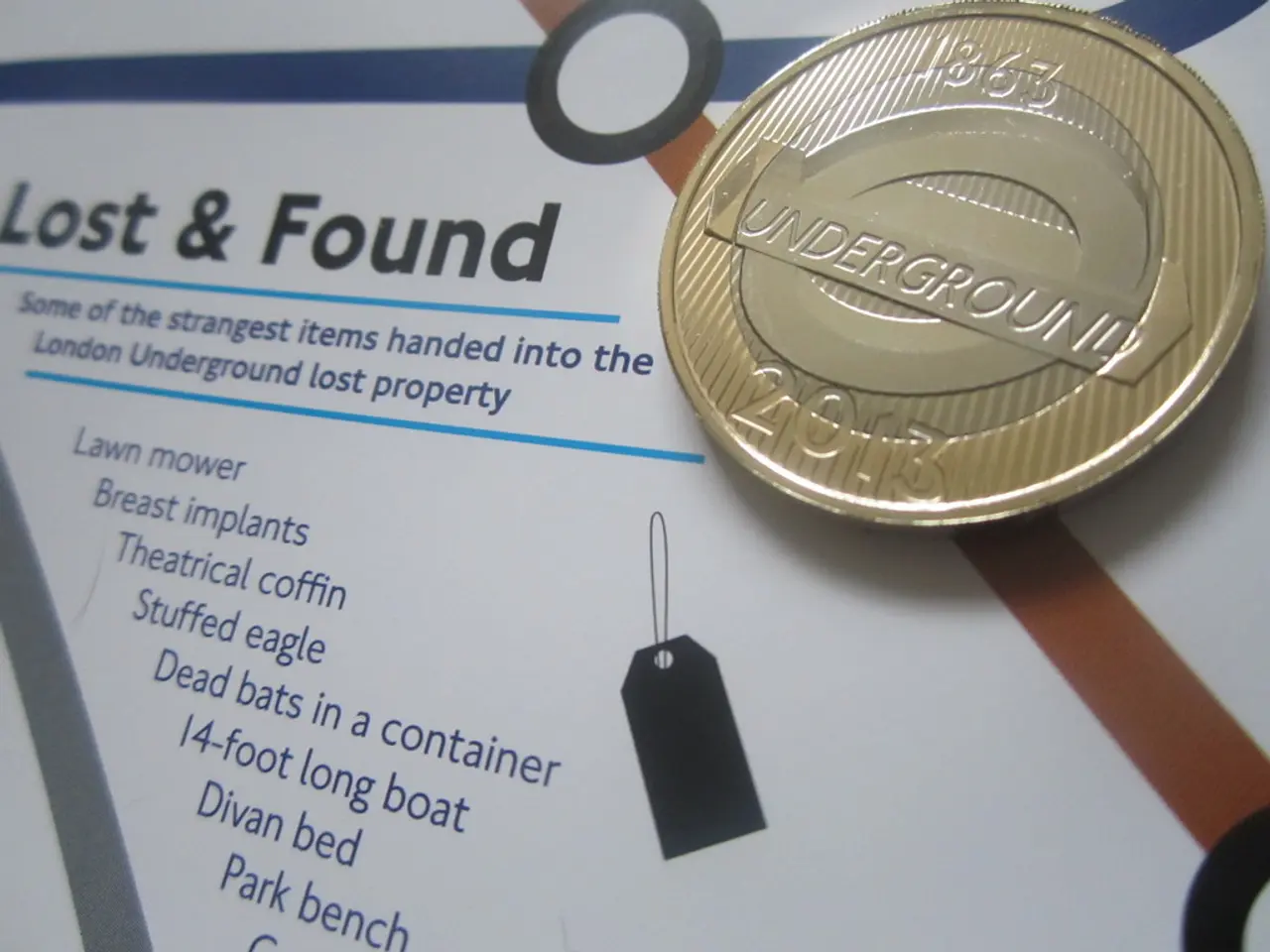Comparative Examination of Automated Test Development Using GPT-Engineer
In a recent research study, the optimal test case format for automated test creation using GPT-Engineer was identified. The experiment, which focused on a web application, compared three different test case formats: Mermaid diagrams, Behavior-Driven Development (BDD) scenarios, and standard test cases.
The results suggest that standard test cases offer the most promising results when working with GPT-Engineer. This approach yielded more complete and accurate test scripts compared to the other formats, with minimal refactoring required.
One of the key findings was that GPT-Engineer excels at generating test cases when provided with precise and detailed input. Success with GPT-Engineer hinges on how clear and specific the input is, as the tool doesn't make assumptions or add extra assertions on its own.
However, GPT-Engineer still relied on some outdated methods, such as waitForSelector(), requiring additional refactoring. To ensure all tests pass and meet modern coding standards, it's essential to update outdated libraries, refactor discouraged methods, and optimize helper functions.
On the other hand, Mermaid diagrams were found to be primarily used for visualizing system architecture or workflows rather than generating test cases directly. While they can help in understanding the flow of a system and identifying potential test scenarios, they require additional steps to translate into test cases.
BDD scenarios, a structured approach to testing that focuses on defining the desired behavior of a system, were found to be highly effective in ensuring that the system meets the required specifications. However, they require manual effort to write and maintain these scenarios, making them more time-consuming compared to automated generation methods.
In terms of efficiency, GPT-Engineer can automate the process of generating test cases, potentially saving time and resources by reducing the need for manual test case creation. BDD scenarios, while more time-consuming to create, provide a clear, readable format that is easy to maintain and understand.
The choice between these methods depends on the priorities of the development team. If automation efficiency with potential variability in accuracy is the main goal, GPT-Engineer is the preferred choice. For visual clarity without direct automation, Mermaid diagrams might be more suitable. If well-documented, maintainable tests with higher upfront effort are desired, BDD scenarios could be the best option.
The research used TypeScript and Playwright to automate user interactions, providing a practical and effective approach for automated test creation in a web application context. By understanding the strengths and limitations of each test case format, developers can make informed decisions to optimize their test automation process.
- The study reveals that standard test cases, when employed with GPT-Engineer, offer the most comprehensive and accurate test scripts compared to Mermaid diagrams and BDD scenarios, requiring minimal refactoring.
- GPT-Engineer's success is contingent upon its input being precise and detailed, as it does not assume or add extra assertions by itself.
- To guarantee all tests pass and adhere to modern coding standards, it's essential to refactor outdated libraries, update discouraged methods, and optimize helper functions when using GPT-Engineer.
- Mermaid diagrams, designed primarily for visualizing system architecture or workflows, can help identify potential test scenarios, but they necessitate additional steps for converting into test cases.
- BDD scenarios, a structured approach that emphasizes defining the desired system behavior, ensure compliance with specifications. However, they demand manual effort for creation and maintenance, being more time-consuming compared to automated generation methods like GPT-Engineer.




